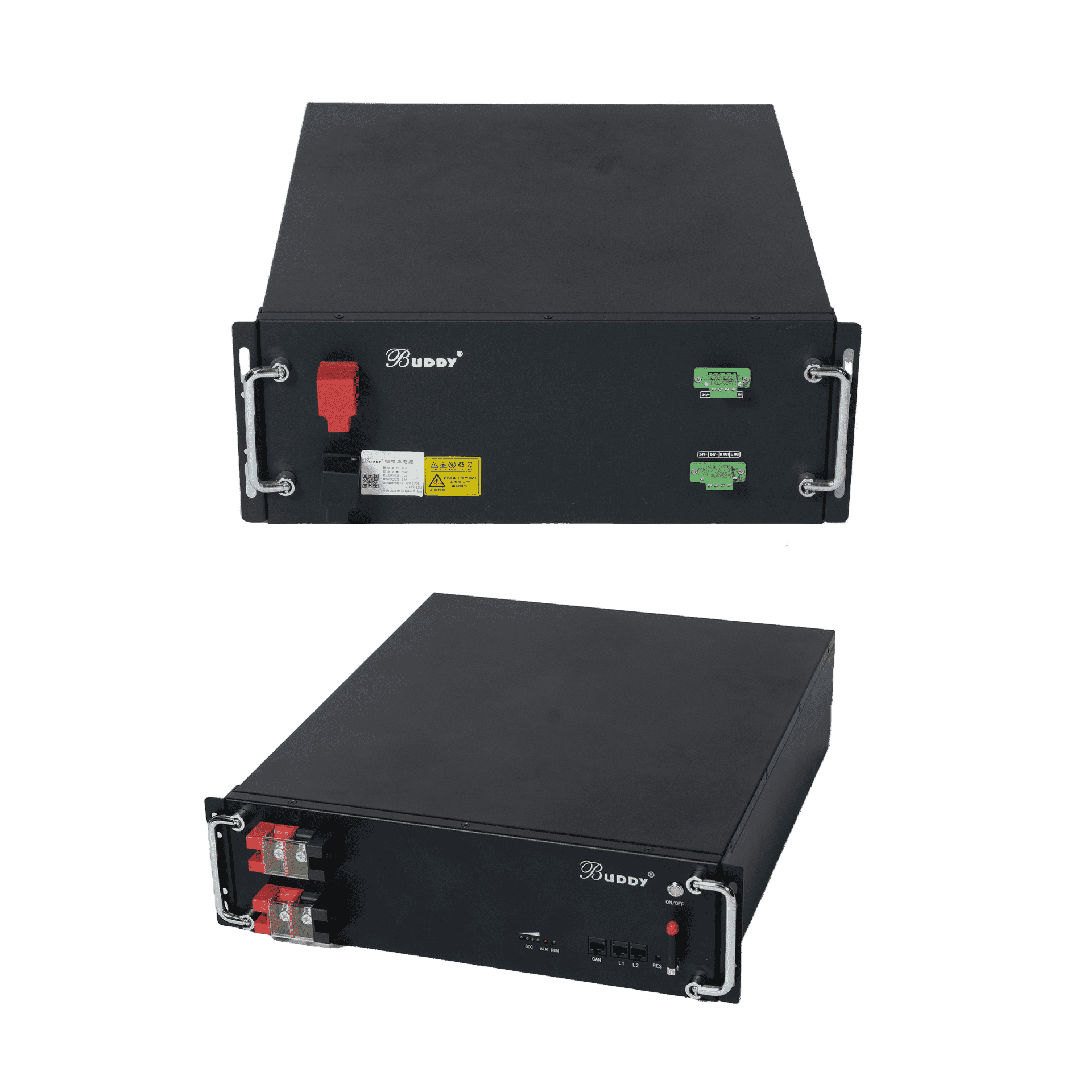
telecom battery type
telecom batteries exist a variety of types, each has its unique properties and advantages. Among them, VRLA batteries (valve-controlled sealed lead-acid batteries) are known for their maintenance-free and wide application in the telecommunications industry. Its fixed electrolyte reduces the need for regular hydration, and the gel or AGM (adsorbed electrolyte) used can act as a catalyst between boards.
The VRLA battery design ensures that hydrogen and oxygen are recombined under pressure inside the battery, producing almost no gas, making it ideal for indoor environments with limited ventilation conditions due to its high safety. In addition, VRLA batteries have a high energy density and are ideal for those environments where space is limited, such as in densely populated urban areas.
to select for telecom application battery
the telecom industry has special requirements for standby power, is very important to choose the right cell type. It is essential to understand the functions of telecom batteries and how they meet specific telecom needs:
Uninterruptible power Supply (UPS) In a UPS system, telecom batteries play a crucial role. In the event of interruptions or fluctuations in the power supply, they can provide immediate power backup and ensure smooth communication channels. Telecom batteries can be activated immediately in the event of a system failure or power outage, enabling services to continue to operate in such cases.
negative load balance and peak shaving
in the same way, Telecom batteries also play a key role in load balancing and peak balancing. During periods of peak demand for electricity, batteries can provide additional power, thereby reducing pressure on the main grid. They help stabilize the overall power supply and prevent overloads, thus ensuring optimal performance of the telecommunications infrastructure.
environment adaptability
telecommunications equipment are often installed in a variety of environments, from the hot desert to the cold mountain. Specific environmental conditions must be taken into account when selecting telecommunications batteries.
Due to the sealed construction of VRLA batteries, they are particularly suitable for installation in indoor environments with poor or no ventilation.
temperature elastic
temperature fluctuations will significantly influence the performance of the battery. When choosing the type of battery suitable for telecommunications applications, the operating temperature range of the battery is a factor that must be considered.
VRLA batteries typically have a wide temperature operating range, making them suitable for a variety of deployment environments.
Whether in busy cities or remote villages, telecom batteries will continue to power global communication networks and keep the world connected.